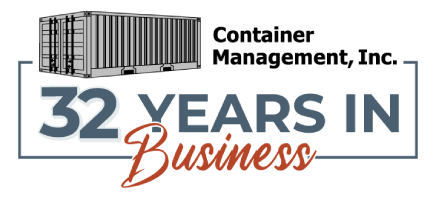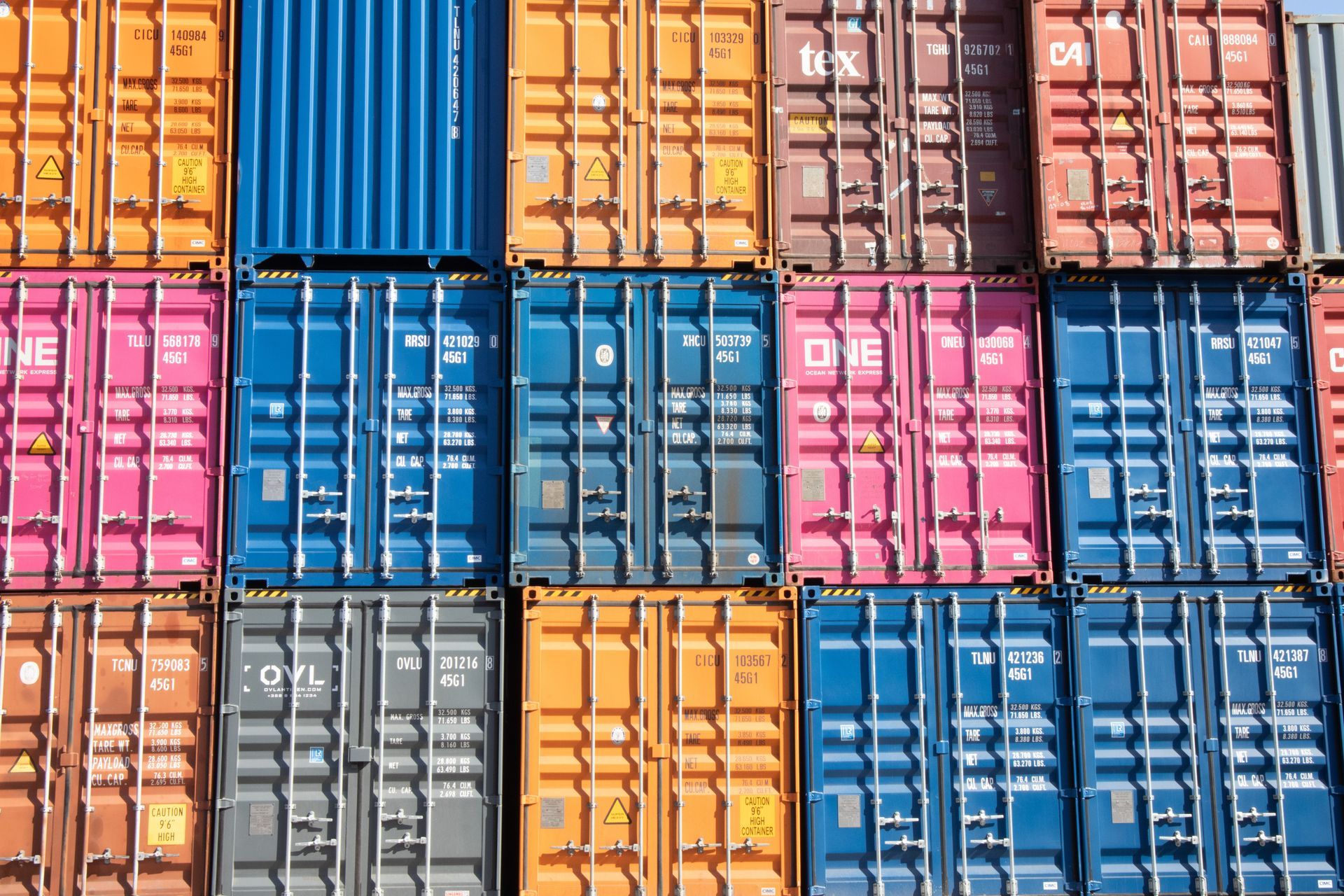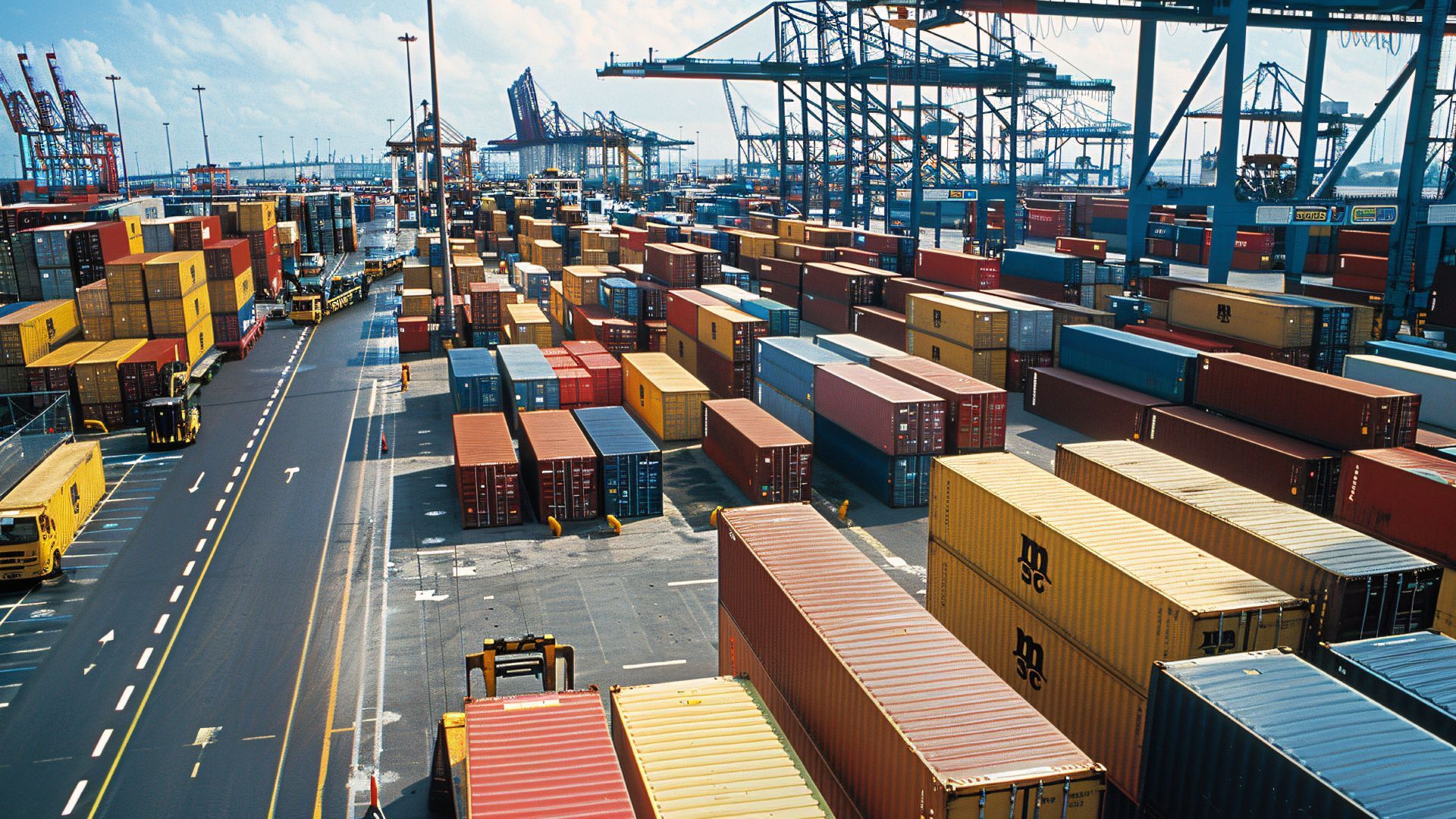3 Simple Tips To Help Maintain Your Used Shipping Containers
Written by Susan Nalevac | January 06, 2022
Shipping containers are exceptionally durable structures that can withstand harsh ocean conditions. However, they aren’t invincible. Daily wear and tear from usage and weather can lead to problems that make your containers less functional over time.
Here's three simple tips to help maintain your used shipping containers and extend their lifespan:
Keep the Container Exterior Clean
Containers collect plenty of mud and dust when they are stored outdoors, especially on construction worksites. Cleaning your containers helps prevent future problems. Check their roofs for any pooled rainwater to avoid the paint becoming corroded. Rinse out and lubricate door hinges to keep your container’s entry accessible.
When you’re cleaning the container, check for dents, rust, and any other kinds of damage on the container’s exterior. While not every spot of damage needs to be addressed immediately, remaining aware of potential issues allows you to act faster and protect your container and its contents.
Monitor Your Container’s Rubber Seals
Shipping container doors rely on door seal gaskets to limit internal humidity and prevent moisture from damaging your stored goods. Many shipping containers have both a 3-sided gasket and a 4-sided gasket for the left and right doors, respectively. Regular use of the doors causes these gaskets to crack, slip, or warp. Rubber gaskets typically don’t need replacing for 10 years, but with used shipping containers, it’s important to keep a regular eye on them. Keep the gaskets clean to extend their lifespan and replace them if they start to fail.
Ensure the Ground Is Level
Leveling the ground is an essential part of shipping container delivery, but it also plays a role afterward. Even well-compacted ground can shift beneath a container after rain or added weight changes the position of the soil, sand, or gravel. Placing a level inside the container and on the surrounding ground helps you regularly identify changing slopes.
A sinking or sloping shipping container can lead to problems; you won’t be able to stock it or easily open its doors. If a container is sinking, you may need to move it and repack or repave the ground to achieve a level surface again.
Conclusion
Following these simple tips to maintain your used shipping container helps you make the most of your purchase and keep your projects running smoothly.
If you’re looking to add your first container to your site or bring additional containers into the picture, our team at Container Management is happy to help. We carry 20-foot and 40-foot used shipping container options in various grades to best suit your needs. Feel free to reach out to our expert team for a free quote via phone call or by filling out our online form!




